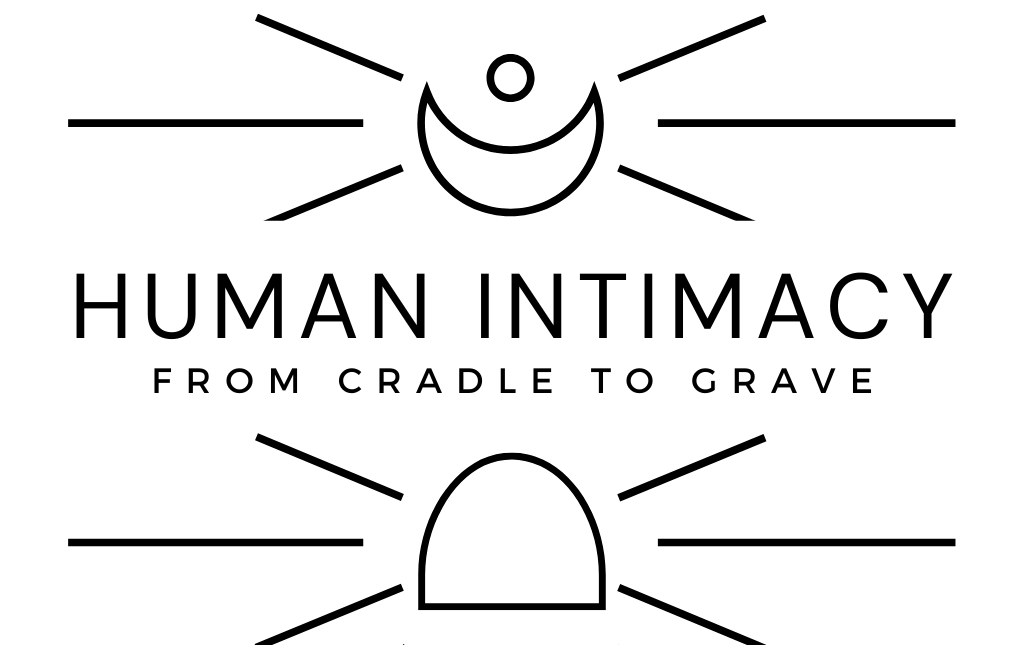
Seven Steps On How To Unlearn Bad Habits
We all have bad habits. Some are so ingrained in our daily routine that we barely notice them. These habits may seem harmless, but they can hurt our lives in the long run. Examples of bad habits are procrastination, nail-biting, overeating, smoking, etc. If you want to change your bad habits, you need to be willing to unlearn them. Unlearning a bad habit may sound difficult, but it is possible. In this blog post, we will discuss seven steps to unlearn bad habits.
The second step is to understand the habit. What triggers the bad habit? Why do you engage in it? Understanding the habit will help you develop strategies to overcome it. For example, if you have a habit of overeating, you need to understand why you overeat. It could be because of stress, boredom, or comfort. Once you know the underlying cause of the habit, you can start taking steps to address it.
If you feel stuck and struggle to change. Leave your email below and we will send you a free copy of the Change 2.0 Webinar.
We all have bad habits. Some are so ingrained in our daily routine that we barely notice them. These habits may seem harmless, but they can hurt our lives in the long run. Examples of bad habits are procrastination, nail-biting, overeating, smoking, etc. If you want to change your bad habits, you need to be willing to unlearn them. Unlearning a bad habit may sound difficult, but it is possible. In this blog post, we will discuss seven steps to unlearn bad habits.
Step 1: Identify The Bad Habit
The first step in unlearning a bad habit is to identify it. You need to be aware of the bad habit you want to unlearn. Take time to reflect on your habits and determine which ones negatively impact your life. It could be a bad habit affecting your physical, mental, finances, or relationships. Once you have identified the bad habit, please write it down and keep it somewhere visible.
Step 2: Understand The Habit
The second step is to understand the habit. What triggers the bad habit? Why do you engage in it? Understanding the habit will help you develop strategies to overcome it. For example, if you have a habit of overeating, you need to understand why you overeat. It could be because of stress, boredom, or comfort. Once you know the underlying cause of the habit, you can start taking steps to address it.
If you feel stuck and struggle to change. Leave your email below and we will send you a free copy of the Change 2.0 Webinar.


